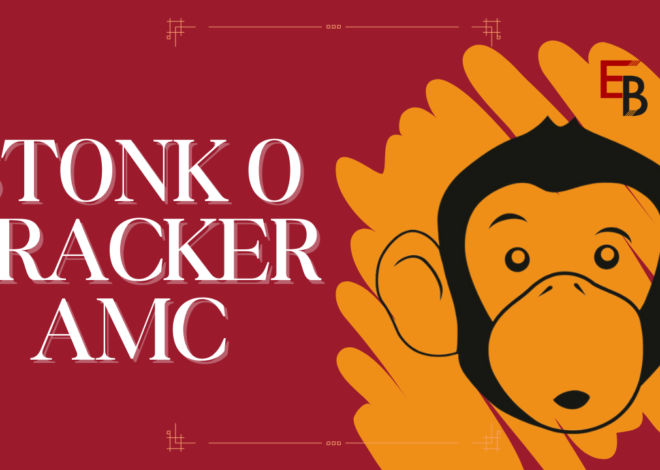The Importance of a Solid Brand Communication Strategy for Business Success
A solid brand communication strategy helps you achieve business goals and cultivate unwavering customer loyalty. It’s also vital to managing crises that may threaten your reputation or cause damage to your customers.
Identify your key messages and the most critical information you want to communicate to your audience. Ensure that all your marketing materials are aligned with these messages.
Brand Reputation
A strong brand reputation is essential for businesses to increase sales, retain loyal customers, and achieve long-term success. On the other hand, a good brand reputation can damage a company’s image and make it easier to attract new customers. By focusing on the needs and wants of their target audience and communicating genuinely and authentically, businesses can cultivate a positive brand reputation that drives business growth.
The brand communication strategy must include a unique selling proposition. This can be something as simple as a fantastic product, a special offer, or exceptional customer service.
Another critical aspect of successful brand communication strategies is ensuring consistency across all channels. It includes social media, websites, and blogs. By establishing clear guidelines for creating content, companies can ensure that their message is being delivered in the same way to all audiences. Brand communications should also be two-way, allowing customers to provide feedback, input, and suggestions.
Brand Awareness
The first step in the brand equity model (which leads to brand resonance and, ultimately, brand loyalty) is brand awareness. Brand awareness goes beyond brand recognition, which refers to the ability of consumers to recall logos and colors without being reminded, but also encompasses general familiarity with a business, information about products or services, and other experiential details.
While it’s often hard to measure and has no fixed monetary value, brand awareness is essential for commercial success. It draws audiences that share your values, leading to increased sales and a sustainable business model. Studies have shown that retaining existing customers is five times more cost-effective than acquiring new ones. Building brand awareness allows you to establish your business in the consumer’s mind, creating cues that trigger them at critical moments and seamlessly weaving your brand into their day-to-day activities. It is known as brand salience.
Brand Loyalty
Cultivating a loyal customer base is incredibly important for brands, as they can significantly boost your revenue and profitability. Customers dedicated to your brand spend more than other customers over their entire lifetime.
Loyal customers are your best marketing channel and will help you grow your business through word-of-mouth. They often purchase from you and recommend your products to their family, friends, and co-workers. Sharing positive experiences on social media can increase reach and generate leads.
Aside from boosting your revenue and profits, brand loyalty can also improve customer service, as these customers will be more willing to give feedback. You can track customer loyalty with customer retention software, which allows you to see who is buying from your brand again and where problems along the buying journey are causing customer churn.
Customer Engagement
In a time of declining customer loyalty, brands that engage their audiences through personalized recommendations and proactively addressing customer issues. Consistently nurturing relationships build stronger connections and loyal customers. Keeping your business top of mind through relevant content also reduces the steps needed to complete a transaction. shortens the sales cycle, creating a faster path for new customers to join the fold.
To implement a successful customer engagement strategy, marketers need to put on their consumer hats and look at the brand through the eyes of the target audience. It involves a lot of social media listening and research. It requires a flexible strategy, allowing real-time feedback, input, and customer performance data to drive the communication plan. Read more interesting articles on Theflipbuzz


